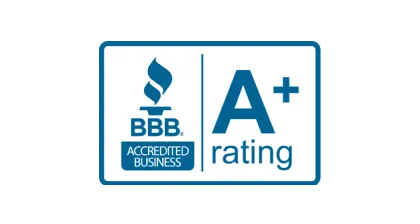
Defending yourself against a negative SEO attack 
Negative SEO has the potential to cause a great deal of damage to your site’s rank and reputation. In part IV of this series on negative SEO, we’re going to talk about what you can do to defend yourself against a negative SEO attack that is underway or ongoing.
Let’s look at the main areas in which you can make some inroads:
1. Links
If the negative SEO is coming from inbound links, the first thing you’re going to need to do is to make a list of all links and separate them into two categories: links you know about and expect, and links that you think are coming from a negative SEO attack.
- Where are the links are coming from – are they from wikis? Scraper sites? Poor-quality blogs? Directories?
- Did they all seem to appear at roughly the same time?
- Are they all coming from the same IP address?
- Do they all originate from the same country?
- Do the new links use the same anchor?
If you can answer yes to any of these questions, it’s likely the malicious group is using spam software. One of the ways you can more easily map these connections is by using a data visualization tool like Gephi, which will give you a snapshot of your site structure and its inbound links.
2. Content spam
Spam links can be built manually or by using software created for that purpose. It’s pretty easy to spot and it’s also easy to fix. Start by turning off commenting for your posts and add strong CAPTCHAs or spam traps – the latter solution being the better option. CAPTCHAs can be hacked too.
3. Hotlinking
Hotlinking often goes unnoticed until the damage has largely been done. It can affect your site’s performance as the offending site links to your images and subsequently uses your bandwidth. This makes it easy to deal with because you can see exactly where the usage is coming from and export those domains into an attacker’s list.
4. User signals
Trails left by user signals are relatively easy to isolate and follow using your analytics program. You may see surges of spammy activity on certain pages, which will then allow you to quarantine that traffic in order to isolate the offending IPs. If you are able to trace the activity back to a service or some sort of application or tool, you can put an end to it pretty quickly. However, if the activity appears to be part of a DDoS, you need to put the brakes on and bring in a forensic expert as soon as possible.
Of course, there are many other types of negative SEO attacks, but these are the most common. If you are under an attack, it’s important to take action against the offending sites or users to demonstrate that you are capable of finding the source. Going forward, this will make your site less attractive to malicious offenders. Once you have isolated your attackers, you should immediately send out a “cease and desist” and report the group to Google for competitor spam.
If you suspect you are dealing with a negative SEO attack, there is no time to waste. Reach out today to learn more about how we can help.






